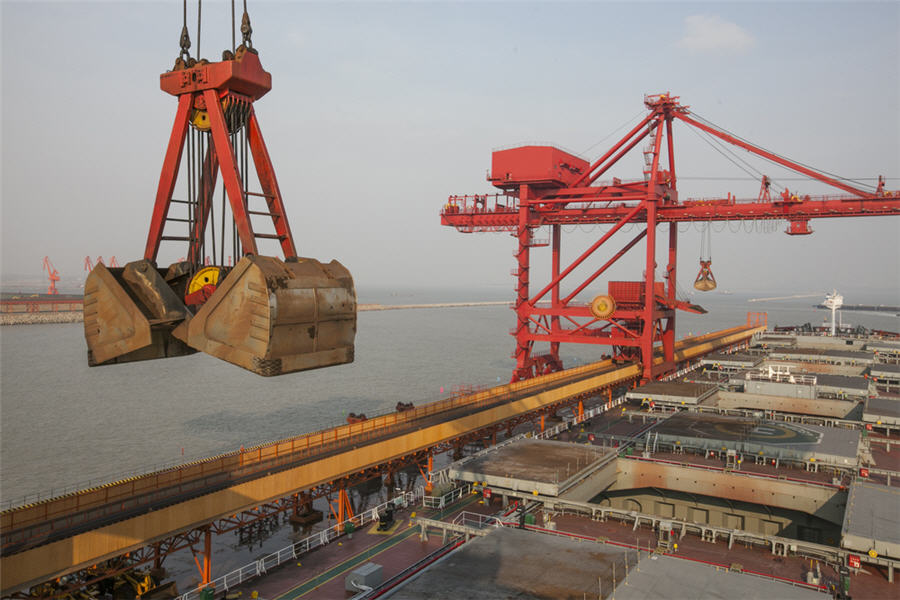
Goldman Sachs says iron ore will keep dropping throughout 2016, though not as much as it initially forecast, citing continued oversupply as the primary culprit.
In a report, the influential investment bank raised its quarterly outlook for iron ore by 47 percent to US$55 a tonne – which according to Sachs, would be the metal’s peak for the year. From there, it has iron ore steadily falling from July to September to $45, dropping to $40 for the fourth quarter.
While the bearish predictions throw bad news in the way of the steelmaking commodity, which just over two weeks ago hit a 16-month high, the prices are actually a hefty increase over Goldman Sachs’ earlier projections for iron ore. Its outlook shows a 47 percent increase for Q1, a 20 percent jump for the third quarter, and a 14 percent bump for the fourth quarter.
Back in November, when iron ore plumbed a depth of $42 a tonne – the second lowest price on record since The Steel Index began tracking it in 2008 – Goldman declared that iron ore would stay low for the next two years due to the big gap between production capacity and demand, and that more mines need to close for the price to recover.
Goldman analysts quoted by Bloomberg warned in their recent report that the rally in iron ore so far this year will, naturally, contribute to the supply overhang.
“Marginal producers will have stronger financial positions and greater resilience in the face of oversupply the longer the rally lasts, with the potential for prices falling deeper below marginal cost,” stated analysts Christian Lelong and Amber Cai.
The newspaper also notes that two other banks agree with Goldman’s analysis, with Citigroup upping its 2016 prediction for iron ore from US$39 to $45, albeit with the market mired in oversupply; and Deutsche Bank saying that “upside risk” exists for iron ore this quarter and next quarter, and that the rally likely wouldn’t last.
The bears appear to be winning the tug of war for the iron ore price, at least in the short term. While the commodity has managed to hold onto nearly 40 percent gains in 2016 and a 60 percent recovery from nine-year lows reached mid-December, last Wednesday iron ore slumped below $60 a tonne and on Friday continued dropping to $57.70 – the worst weekly performance since December 2011, when prices crashed from a (heady) $142 per tonne to $116 after five days of trading.